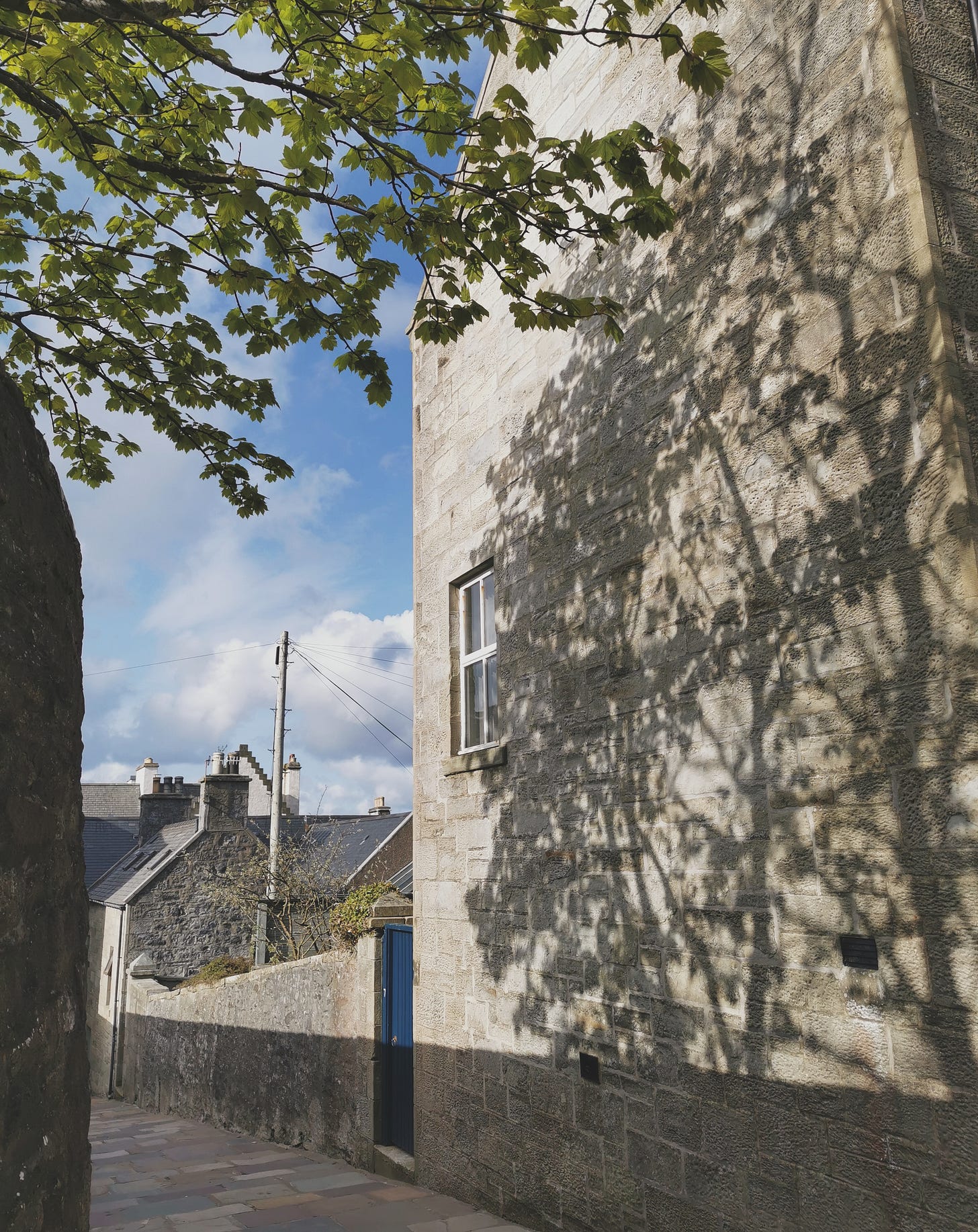from the archive: forever chasing shadows - what happens when we look into the darkness?
my ongoing photography obsession: the magic of darkness playing with light
Every month I remove the paywall from an archive post and share it just like this. If you’re enjoying Haver & Sparrow I’d be delighted if you’d consider supporting my work through a paid subscription or try a 7-day free trial if you’d like to have a look around first. Access to the full …
Keep reading with a 7-day free trial
Subscribe to haver & sparrow to keep reading this post and get 7 days of free access to the full post archives.



